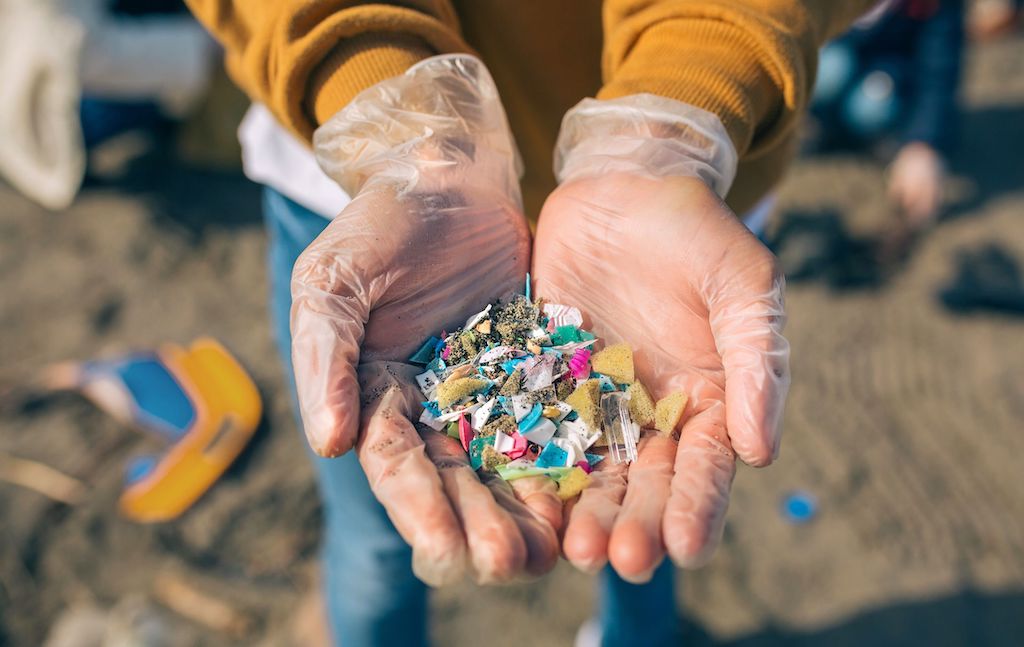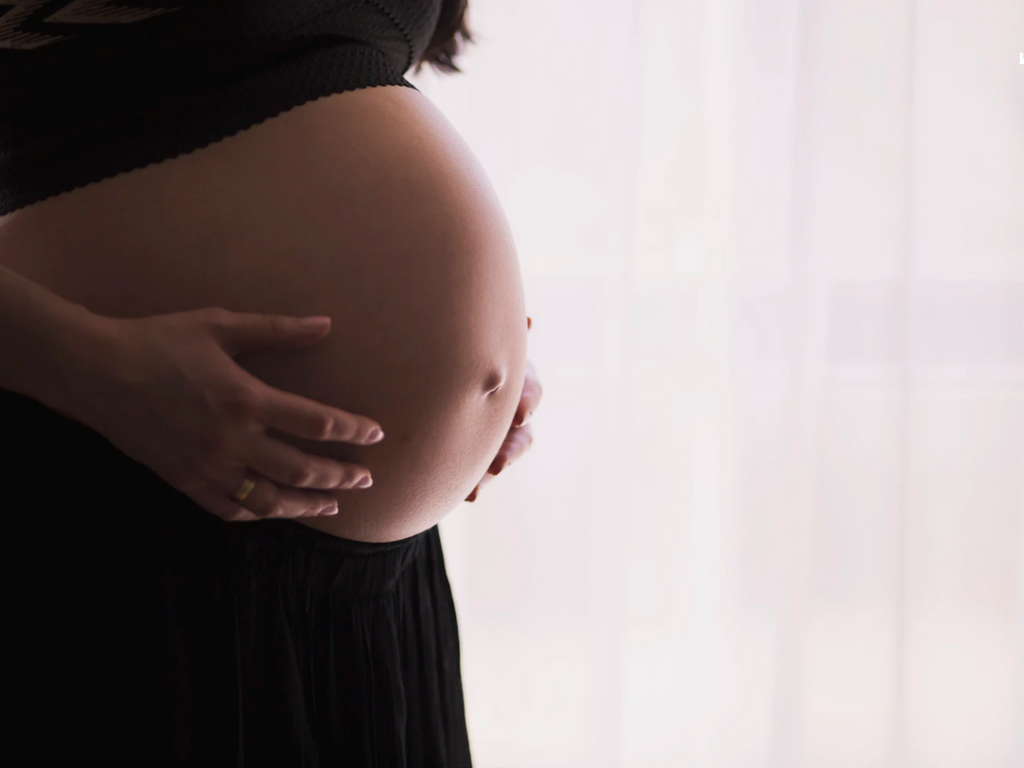5 Mins Read
For the first time, researchers have discovered microplastic particles in the placentas of unborn babies that could cause long-term damage to the foetuses.
Placentas are known to provide nutrition and oxygen to the baby while they are in the womb of the mother; the placenta also helps to remove waste.
Though the health impact of these microplastics is not yet known, researchers are calling this ‘a matter of great concern’ as they claim that the microplastics could contain chemicals causing disturbance in the complete development of the foetus’s immune system.
With the presence of plastic in the body, the immune system is disturbed. The particles could affect how the child’s genes are expressed, resulting in developmental changes
Antonio Ragusa, Lead Author of the study and the Director of Obstetrics and Gynaecology at the San Giovanni Calibita Fatebenefratelli Hospital, Rome
This research was conducted by the Fatebenefratelli Hospital in Rome and the Marche Polytechnic and it was published in the scientific journal Environment International. For the first time, in this study, several microplastic fragments were detected by the method of Raman Microspectroscopy. It is a vibrational technique that is widely applied in the biomedical field to detect the presence of microplastics.
The particles were found in the placentas of four healthy women who had completely normal pregnancies. According to the researchers, it is possible that the mothers might have either breathed or consumed the plastics. They were seen in the membrane within which the foetus develops and on the foetal and maternal sides of the placenta.

In a conversation with la Repubblica, Antonio Ragusa, the Director of Obstetrics and Gynaecology at the San Giovanni Calibita Fatebenefratelli hospital in Rome who led the study said, “With the presence of plastic in the body, the immune system is disturbed, and recognizes as ‘self’ (itself) even what is not organic. The mothers were also shocked.”
Ragusa also mentioned in a separate interview that “The particles could affect how the child’s genes are expressed, resulting in developmental changes.”
Out of the 4% of each placenta that was analysed, a dozen or so plastic particles were detected. They had been dyed in blue, orange, red or pink and might have originally come from various different types of packagings, paints or personal hair care items.
In the study, the researchers expressed their concern at the findings, commenting that “Due to the crucial role of placenta in supporting the foetus’s development and in acting as an interface with the external environment, the presence of potentially harmful plastic particles is a matter of great concern. Further studies need to be performed to assess if the presence of microplastics may trigger immune responses or may lead to the release of toxic contaminants, resulting in harm.”
They further added, “The potential effects of microplastics on foetuses include reduced foetal growth. The particles were not found in placentas from two other women in the study, which may be the result of different physiology, diet or lifestyle.”
In another conversation with The Guardian, Ragusa called this something like having a cyborg baby: “It is no longer composed only of human cells, but a mixture of biological and inorganic entities.”
One of the reasons it could have gotten inside the bloodstream is because the particles were mostly around 10 microns in size (0.01mm). However, the researchers couldn’t find if the particles entered the bodies of the babies.
Andrew Shennan, Professor of Obstetrics at King’s College London said about the study: “It was reassuring that the babies in the study had normal births but it is obviously preferable not to have foreign bodies while the baby is developing.”
Back in October last year, a study published in the journal Nature Food revealed that it is possible bottle-fed babies are consuming millions of microplastic particles each day. It appears that during the high temperature process that sterilises baby bottles, nano plastics are released.
Professor Liwen Xiao of Trinity College Dublin in Ireland and co-author of the Nature Food paper added: “Our study indicates that daily use of plastic products is an important source of microplastic release, meaning that the routes of exposure are much closer to us than previously thought.”
In an assessment carried out by the World Health Organisation (WHO) in 2019, it was revealed that more intensive research is needed to understand the health effects of microplastics. As these particles are so small that they can easily pass through walls of the digestive tract, the WHO concluded the report by calling for more research on the potential health risks involved when humans ingest nanoplastics.
Due to the crucial role of placenta in supporting the foetus’s development and in acting as an interface with the external environment, the presence of potentially harmful plastic particles is a matter of great concern. Further studies need to be performed to assess if the presence of microplastics may trigger immune responses or may lead to the release of toxic contaminants, resulting in harm
Researchers of the study
In another piece of research published in the same journal Nature Communications, 25 placentas from non-smoking women in the town of Hasselt were examined. The placentas had particle pollution levels well below the EU limit, however it was above the WHO limit.
The researchers found nanoparticles on the foetal side of the placenta and surprisingly the number was around the same with the air pollution levels experienced by the mothers. For every cubic millimetre, there was an average of 20,000 nanoparticles in the placentas of mothers who lived near main roads. While for the mothers who lived further away, the average was 10,000 per cubic millimetre.
All these studies shows the extent of human exposure to microplastic pollution. In the near future, more studies need to be performed to understand if the presence of these particles in the human placenta may lead to the release of toxic contaminants which can then result in pregnancy complications. To tackle this, while the EU agency has not banned microplastics, they have agreed to closely monitor paints and inks as well as continue to assess the associated health risks in depth.
Lead image courtesy of Unsplash.



